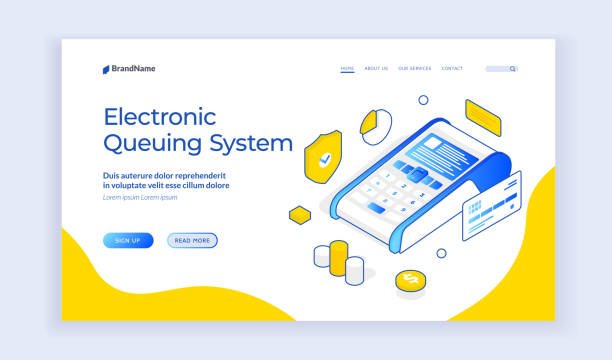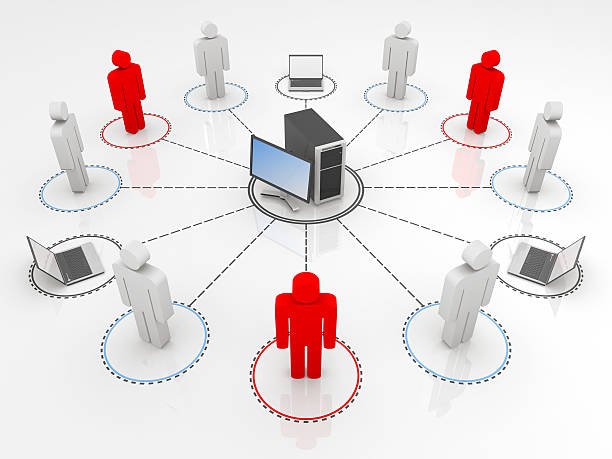
A queue management system is employed to manage queues. Queues of individuals form at different locations and positions in a queue line. The main function of queuing theory is defined as queue propagation and queuing operation. Queue management software, which is available on the internet, has features that allow the operation of the queue management system. Software programs for queuing are also available. Click here for more info about this product.
It is important to manage customer waiting time. If customers experience long waiting time, then it might result in them moving on to other products. At this point, the customer's experience becomes less pleasant, and they might even refuse to purchase the product. In this situation, the producer is liable to incur losses. The main purpose behind queuing techniques is to meet predetermined requirements such as customer satisfaction.
There are various types of queuing methods, such as fixed-size queues, bulk queues, and structured queues. Fixed size queues have a pre-determined size, so the system can be programmed to handle the traffic. Bulk queues, on the other hand, have much higher capacity. They can handle large quantities of traffic, without any type of limit. Structured queues consist of multiple, short objects, which are identified by queuing algorithms.
A good queue management system ensures the smoothest transition from one customer to another. This is achieved by creating a system that is flexible. It also allows the system to identify the best available partners and give priority to them. When two or more partners have the same requirements, their relationship is also considered. Please visit https://inteliqueue.com/ to get these experts.
With the introduction of online customer service, the need for queuing techniques was eliminated. However, queue management systems continue to be used in order to increase efficiency. There are many companies today that still rely on manual queuing techniques. This is because they are able to control the flow of traffic effectively, which is difficult if you want to make use of modern methods for queuing.
To ensure the smooth operations of websites, it is necessary that the queuing methods must always be up-to-date and efficient. If this is not the case, the traffic will be delayed and the websites might experience poor ranking. The ranking of the websites depends on how long the visitors wait for the pages and how many of those visitors actually buy the products. If these products are found to be in stock, the visitors can be routed to the homepage without having to wait. When the visitors finish browsing, the search engines can index the website. In short, queue management software ensures that the online stores provide the best customer service to all the customers. You can get more enlightened on this topic by reading here: https://en.wikipedia.org/wiki/Queueing_theory.


